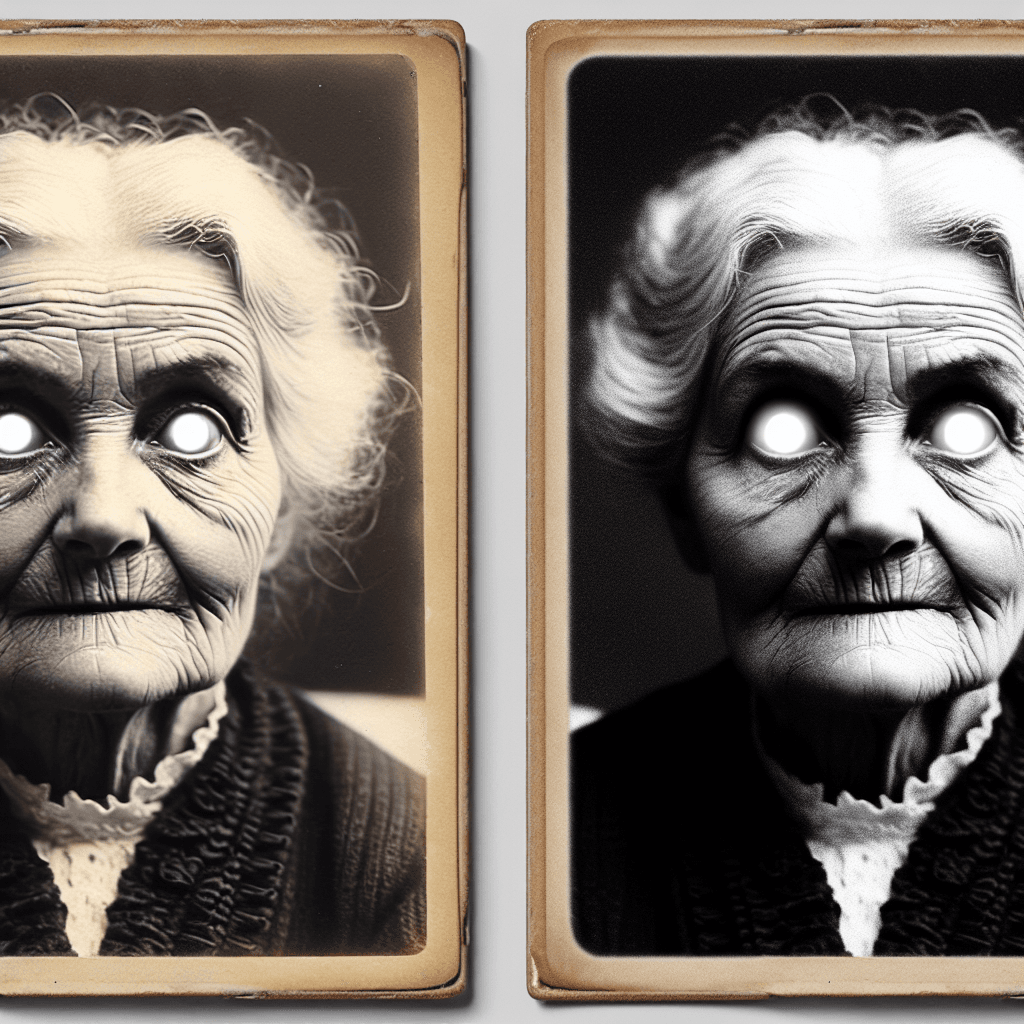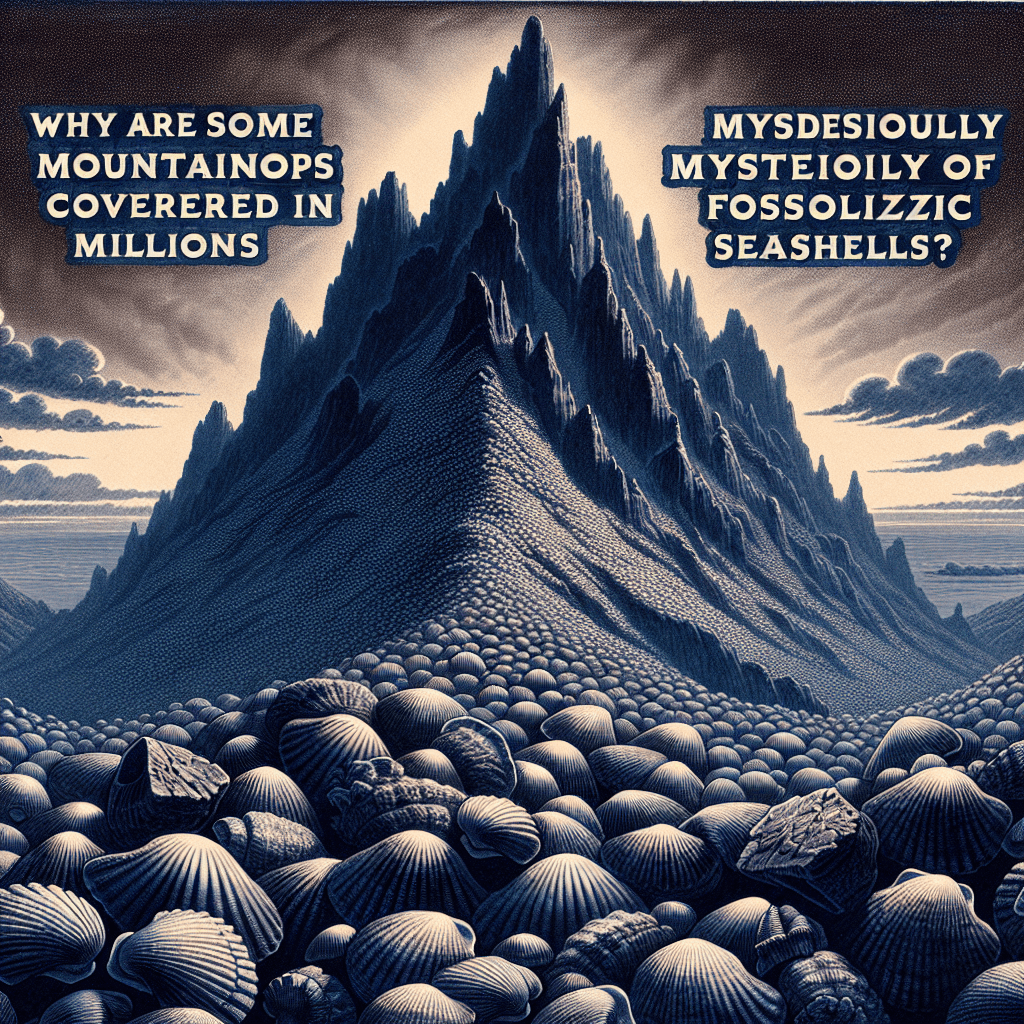Why do some old black-and-white photos make people's eyes look eerily bright or white
Ever felt a chill from the hauntingly bright, ghost-like eyes staring out from a vintage photograph? The cause isn't paranormal, but a fascinating quirk of early camera film that saw the world very differently than we do.


Too Long; Didn't Read
TLDR: Early black-and-white film was highly sensitive to blue light but blind to red light. This made blue eyes overexpose and appear unnaturally bright or white, while features like red lips and brown eyes looked very dark, creating an eerie, high-contrast effect.
The Ghostly Gaze: Why Do Some Old Black-and-White Photos Make People's Eyes Look Eerily Bright or White?
Have you ever looked at a vintage photograph from the 19th or early 20th century and felt a slight chill? It’s often the eyes that do it. In a sea of muted grays, the subject's eyes can appear unnaturally bright, almost glowing with a strange, pale light. This haunting effect has led to ghost stories and folklore, but the real reason is not paranormal. It's a fascinating quirk of early photographic chemistry. This post will delve into the science behind this "ghostly gaze," exploring why the technology of the time transformed human eyes into such an eerie spectacle.
The Main Culprit: Orthochromatic Film
The key to understanding this phenomenon lies in the type of film used during the early days of photography. From the mid-1800s until the 1920s, the dominant type of black-and-white film was orthochromatic. This name might sound technical, but its properties are straightforward and are the direct cause of those glowing eyes.
Orthochromatic film had a very specific and limited sensitivity to the light spectrum. It could "see" and record certain colors while being completely blind to others.
- Highly Sensitive To: Blue and violet light.
- Slightly Sensitive To: Green and yellow light.
- Completely Insensitive To: Orange and red light.
Because the film was extremely reactive to blue light, any object that was blue would reflect a lot of light that the film would eagerly capture. This overexposure would render blue objects as very light gray or even pure white in the final print. This is precisely what happened with blue eyes. The blue iris reflected light that the film was hyper-sensitive to, causing it to appear almost white and luminous in the photograph.
The "Red-Blind" Effect and Unnatural Contrast
The film's insensitivity to red light created the other half of this eerie equation. Since the film couldn't register red tones, anything red in a scene would absorb light without reflecting anything the film could see. As a result, red objects were rendered as dark gray or black.
This had a dramatic effect on human faces:
- Red Lips: Appeared dark and severe.
- Rosy Cheeks: Looked shadowy and gaunt.
- Freckles & Blemishes: Which often have red tones, were heavily exaggerated and darkened.
Now, imagine these two effects combined. You have a portrait where the subject's skin and lips appear unnaturally dark, while their blue eyes are rendered as startlingly bright white. This extreme contrast between the dark facial features and the piercing, light eyes is what produces that unsettling, ghostly appearance. It's a complete optical illusion created by the limitations of the technology.
The Shift to Panchromatic Film
So why don't we see this effect in black-and-white photos from, say, the 1940s or 1950s? The answer is the invention and widespread adoption of panchromatic film.
Panchromatic film, which became the industry standard from the late 1920s onwards, was a major technological leap. Unlike its predecessor, it was sensitive to the entire visible light spectrum, including red. This meant it could capture tones in a way that was much closer to how the human eye perceives them.
With panchromatic film:
- Red lips looked like a soft, light gray.
- Skin tones were smoother and more natural.
- Blue eyes were rendered as a more realistic mid-tone gray, not a stark white.
The result was a more balanced, lifelike photograph that eliminated the jarring contrast of the orthochromatic era. The "ghostly gaze" vanished, replaced by the nuanced and realistic black-and-white portraiture we are more familiar with today.
Conclusion
The mystery of the eerily bright eyes in old photographs is not a window into the supernatural, but a fascinating lesson in the evolution of photographic science. That haunting stare is simply an artifact of orthochromatic film's unique relationship with light—its love for blue and its blindness to red. This technical limitation created a visual signature for an entire era of photography. So, the next time you encounter one of these striking vintage portraits, you can appreciate it not for its ghostly qualities, but as a perfect example of how technology shapes our perception of the past.
More Articles

What makes a beer bottle suddenly foam over just from a light tap on top?
It’s not magic, it’s a shockwave; discover the explosive physics that turns a gentle tap on your beer bottle into an instant foamy geyser.

Why are some mountaintops mysteriously covered in millions of fossilized seashells?
Long before any climber, ancient sea creatures reached the world's highest summits. Uncover the incredible story of how the ocean floor was thrust thousands of feet into the sky, leaving millions of fossils in its wake.

Why do movie punches sound so much crunchier and louder than real ones?
That sickening, bone-crunching punch you hear in the movies is a lie, and the secret ingredient is probably sitting in your refrigerator right now.